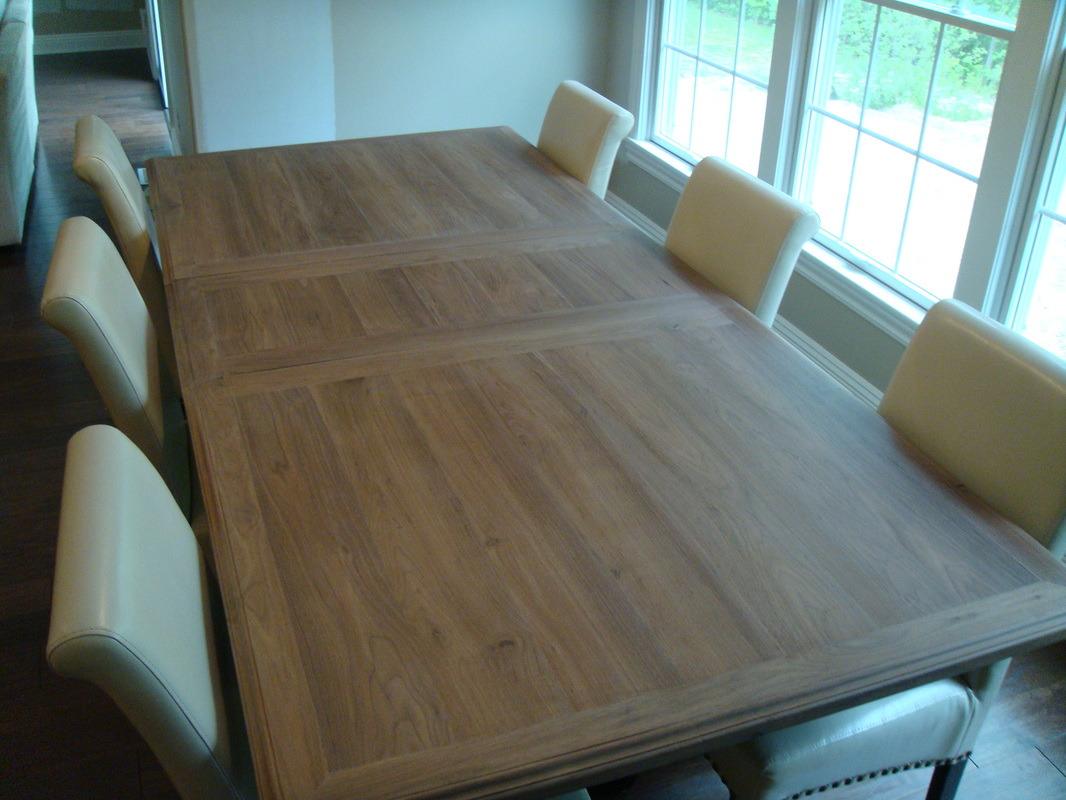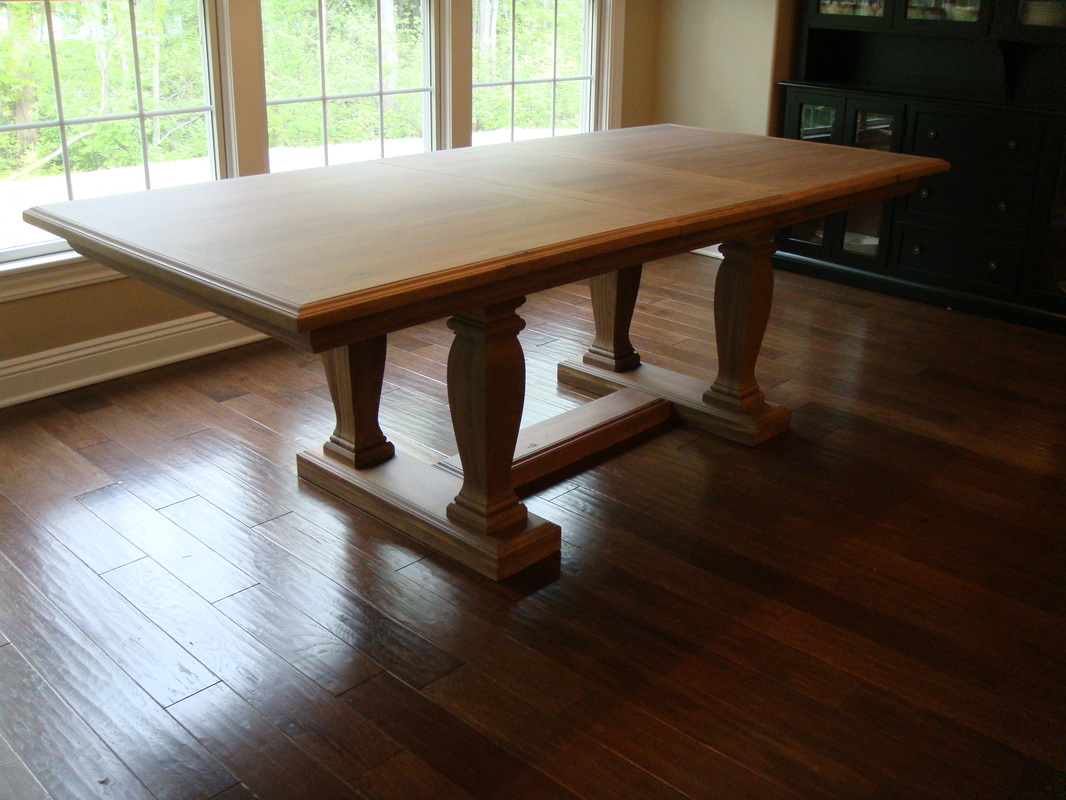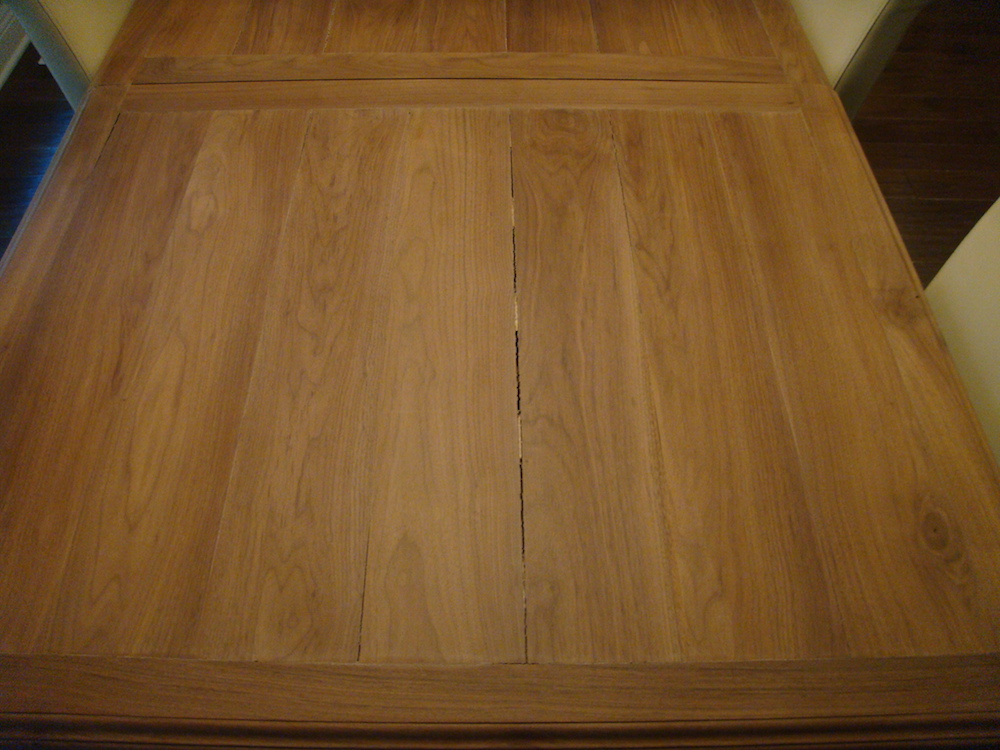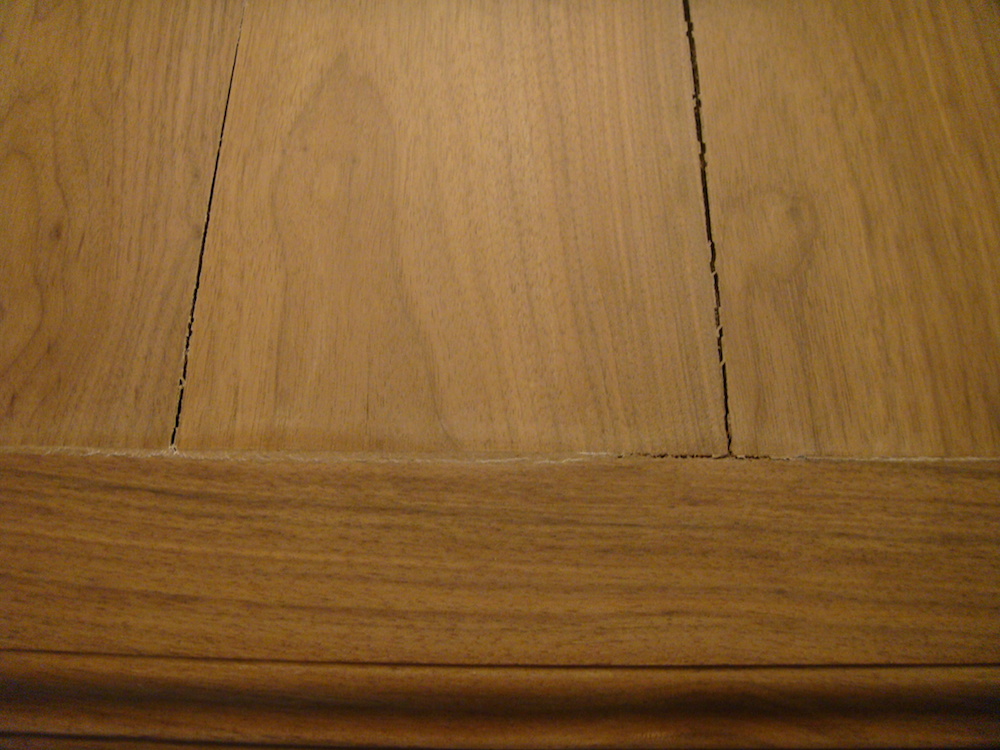Woodworking Not-So-Common Sense
Video - September 2, 2015
As you can imagine in my line of work, I spend a lot of time helping new woodworkers solve problems. This gives me a unique perspective on the potential stumble point that most woodworkers will experience. Eventually, these things become woodworking common sense but until that time, I consider it woodworking not-so-common sense. So here are five tips that most woodworkers eventually figure out on their own.
Don’t Mill Too Far Ahead of Time
 In case you haven’t noticed yet, wood moves. Not only is moisture a factor, sometimes boards move due to improper drying practices or intrinsic pressure within the board. So when we mill our stock flat and square it’s important to realize it might not stay that way for long. To safeguard against this, I recommend milling your boards as-needed. Once the joinery is cut, you can usually let the boards do their thing. But if you try cutting your joints a week after the stock was milled, you might find that your boards are no longer flat and that’s just no fun at all! Obviously some projects and some circumstances will require you to mill your stock well ahead of time and it isn’t the end of the world. This is just something to keep in mind as you strategize your projects and your shop time.
In case you haven’t noticed yet, wood moves. Not only is moisture a factor, sometimes boards move due to improper drying practices or intrinsic pressure within the board. So when we mill our stock flat and square it’s important to realize it might not stay that way for long. To safeguard against this, I recommend milling your boards as-needed. Once the joinery is cut, you can usually let the boards do their thing. But if you try cutting your joints a week after the stock was milled, you might find that your boards are no longer flat and that’s just no fun at all! Obviously some projects and some circumstances will require you to mill your stock well ahead of time and it isn’t the end of the world. This is just something to keep in mind as you strategize your projects and your shop time.
Don’t Chase Thousandths
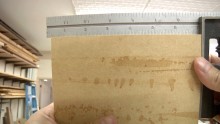 Feeler gauges and dial calipers are great for setting up tools but you have to be careful not to get lost in the numbers. If you find yourself spending days dialing in a tool to the nearest thousandth, it’s time to pinch it off and get some woodworking done! In fact, one of the best ways to give your tools a reality check is to simply make a sample cut and check the results with a straight edge or square, as the case may be. If your eyes don’t see an issue, then there probably isn’t one.
Feeler gauges and dial calipers are great for setting up tools but you have to be careful not to get lost in the numbers. If you find yourself spending days dialing in a tool to the nearest thousandth, it’s time to pinch it off and get some woodworking done! In fact, one of the best ways to give your tools a reality check is to simply make a sample cut and check the results with a straight edge or square, as the case may be. If your eyes don’t see an issue, then there probably isn’t one.
Always Drill Pilot Holes
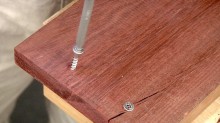 I might be stating the obvious when I say that screws displace wood. Sometimes the wood will give and allow the screws to drive through with no adverse effects. But in denser wood species, the wood isn’t quite so forgiving and the screw simply causes the board to split along the grain. As a rule of thumb, drilling appropriate-sized pilot holes will go a long way toward preventing splits. By removing a column of wood, you give the body of the screw a place to go as the threads cut into the surrounding material. So keep those small drill bits handy if you plan to use screws in your projects.
I might be stating the obvious when I say that screws displace wood. Sometimes the wood will give and allow the screws to drive through with no adverse effects. But in denser wood species, the wood isn’t quite so forgiving and the screw simply causes the board to split along the grain. As a rule of thumb, drilling appropriate-sized pilot holes will go a long way toward preventing splits. By removing a column of wood, you give the body of the screw a place to go as the threads cut into the surrounding material. So keep those small drill bits handy if you plan to use screws in your projects.
Use Cauls with your Clamps
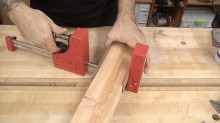 Clamps are typically made from plastic and metal which are harder than the wood we use them on. As a result, the wood often dents under pressure. The worst part of this situation is that the dents aren’t all that noticeable until the finish is applied, which is obviously the worst time to discover an issue. To prevent this, use a piece of scrap wood between the clamp and the work, also known as a caul. The caul not only protects the workpiece but also helps distribute clamping pressure as an added bonus.
Clamps are typically made from plastic and metal which are harder than the wood we use them on. As a result, the wood often dents under pressure. The worst part of this situation is that the dents aren’t all that noticeable until the finish is applied, which is obviously the worst time to discover an issue. To prevent this, use a piece of scrap wood between the clamp and the work, also known as a caul. The caul not only protects the workpiece but also helps distribute clamping pressure as an added bonus.
Don’t Surround Solid Panels with a Frame
If I had a dollar for every time I see this fundamental woodworking rule broken, I’d be a very rich man! OK maybe not but I’d at least have enough money for a few tanks of gas in the wood hauler! Solid wood expands and contracts across it’s width. When the humidity goes up, the wood expands. When the humidity goes down, the wood contracts. The wider the panel, the more substantial the movement becomes. This is why you can sometimes ignore this wood movement issue on smaller projects like decorative boxes. But if you ignore the rules of wood movement on something as large as a table top, you’ll pay the price sooner or later.
One of the most common mistakes I see is when a wood panel is surrounded by a frame. The frame locks the panel into its current size and does not allow the panel to expand and contract. Over time, this will lead to joints opening up and most likely the destruction of the frame. A lot of people scoff at people who are overly-concerned about wood movement so perhaps a few pictures will help illustrate my point. Below you’ll see before and after photos from a fellow woodworker Brent, owner of Houzz-2-Home.
Obviously, Brent is no slouch when it comes to skill and execution. But as a self-taught woodworker, there was apparently one important detail he never learned and simply discovered on his own the hard way: don’t frame a solid wood panel. As you can see, in spite of well-executed joints including reinforcement with biscuits and pocket screws, the table is self-destructing. Brent emailed me for advice on a fix and the sad news is that there is no repair that will make this table stable and attractive. The only (a word you’ll rarely see me use) solution is to either create a new top or to dismantle the current top and try to rework it into a new design.
When building your projects, I recommend visiting some of those online movement calculators to see just how much your boards might expand or contract: Wood Shop Widget, Wood Movement Estimator, Shrinkage Calculator
If you have other tips/tricks, leave them in the comments section and perhaps we’ll do more of these videos in the future.
